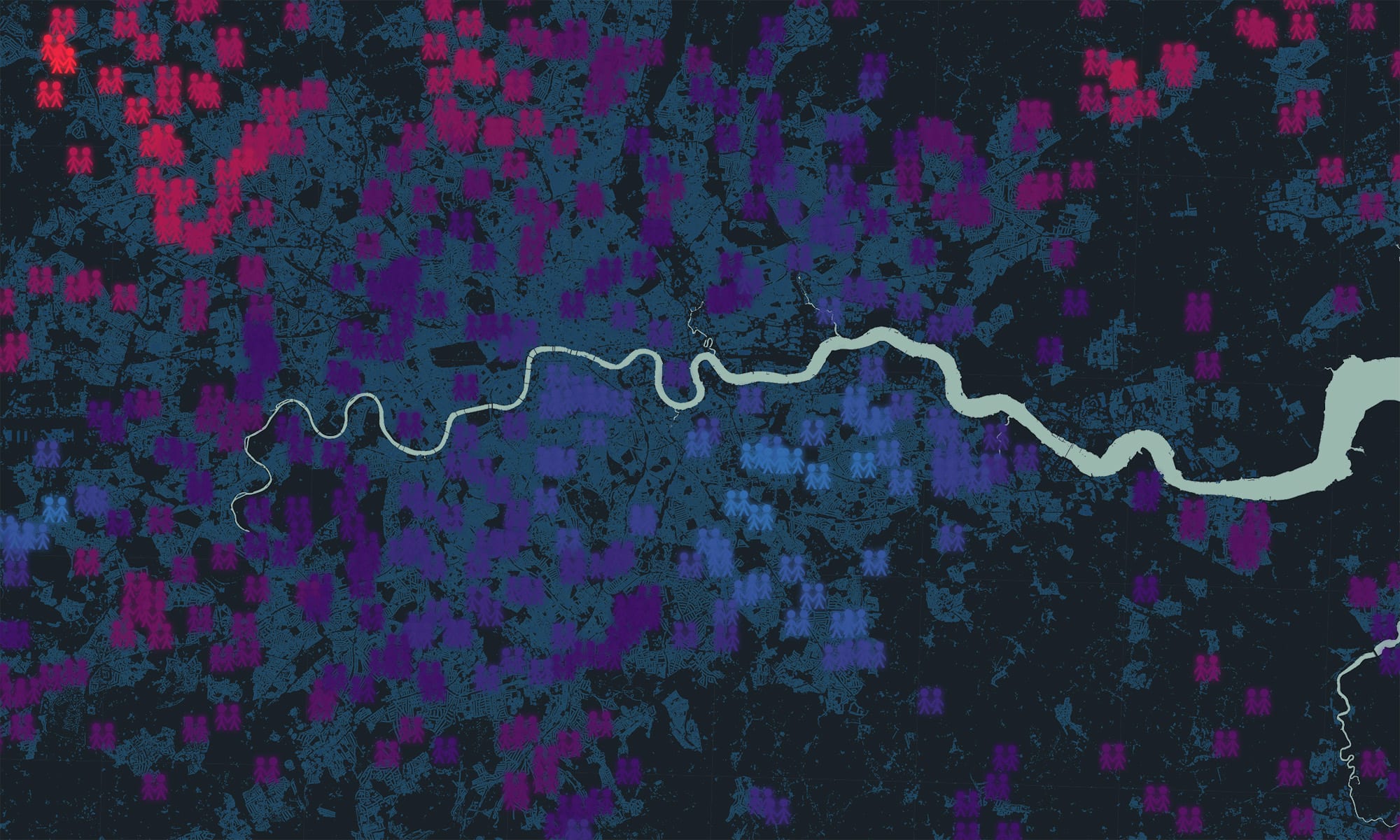Time Series Analysis
Even though our DNA sequence remains constant throughout our life, the relationship between our DNA and our personal characteristics (our phenotype) can change.
Our longitudinal research in cohorts such as the Twins Early Development Study (TEDS) and Children of the 90s (ALSPAC) is exploring this dynamic relationship from year to year and moment to moment.
Positive Genetics
Research in psychiatry and psychology has revolutionized the way we define and treat mental illness, yet we know very little about the causes and correlates of mental health and wellbeing.
Our positive genetics research focuses on the genetic and environmental causes of individual differences in positive outcomes, from happiness and life satisfaction through gratitude, self-determination and hope.
Visual Genomics
Human genetic and environmental epidemiology, like the other areas of modern biomedical science, is generating ever larger and more complex datasets. Data visualisation can help us to transform the numbers into valuable information in ways that directly complement statistical analysis.
Our visual genomics research aims to make working with and reasoning about these datasets as easy and enjoyable as possible.
Spatial Analysis
Both nature and nurture affect all complex human characteristics. Each trait is a balance of genetic and environmental influences. But what if that balance depends on where we grow up?
Our spatial research develops new methods for mapping the world’s genetic and environmental hotspots.
Genetics and Intervention
What are the implications of finding genetic influence for the design of intervention and prevention programs?
For complex traits heritability does not mean immutability, and the most significant implications for intervention will come when we move from observational genetics to investigating dynamic genetics.
Big Data
The collection of DNA sequence information is fast outpacing geneticists’ ability to collect detailed phenotype data.
We are developing ways of combining genetic data with social media and other forms of big data that match our DNA knowledge in their scale and resolution.


